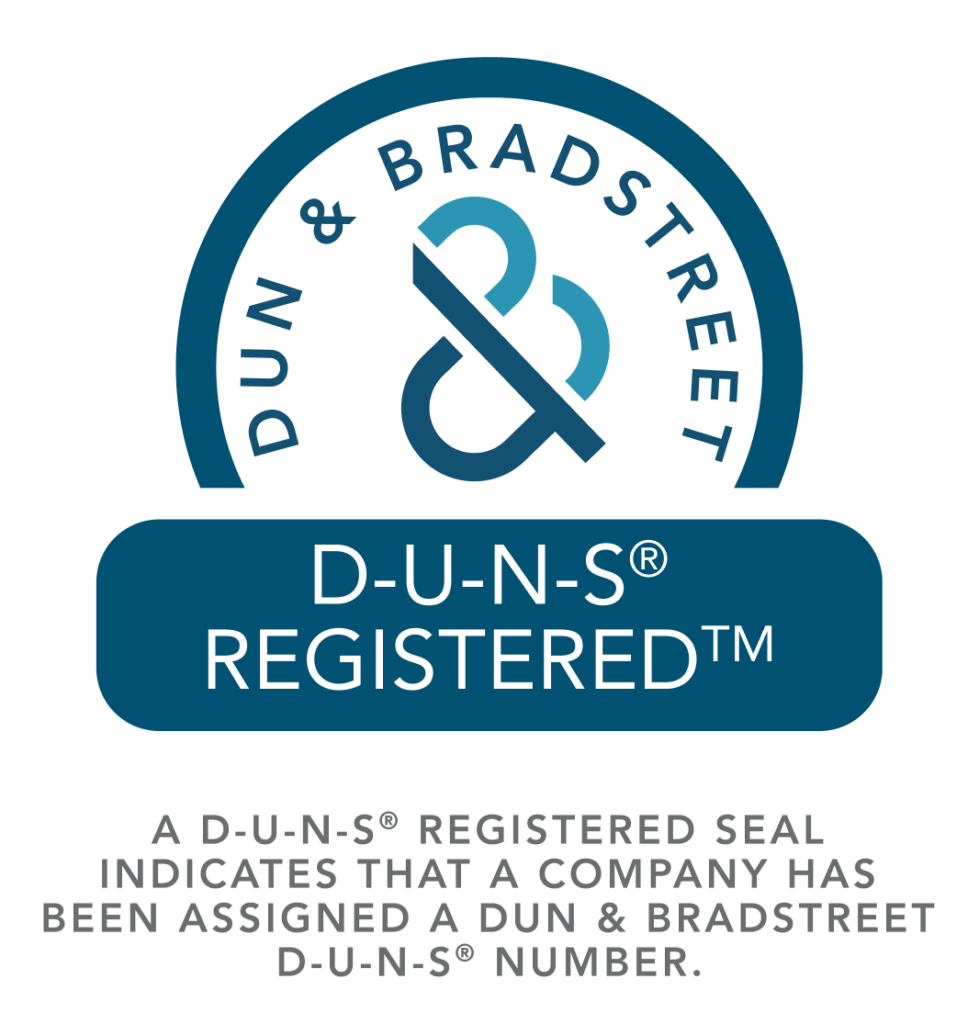In the realm of STEM education, recognizing the unique needs and developmental stages of different age groups is crucial for fostering effective learning experiences. STEMROBO always explores the art of tailoring STEM programs for diverse age groups, delving into the strategies and methodologies employed to ensure that each learner, regardless of their age, can engage with STEM concepts in a meaningful and age-appropriate manner.
Understanding Developmental Variances
Children undergo significant cognitive, social, and emotional development at different stages of their lives. Recognizing these variances is the first step toward tailoring STEM programs for diverse age groups. A one-size-fits-all approach does not suffice, as the interests, attention spans, and learning styles vary across age brackets.
Early Childhood Education : Nurturing Curiosity through Play-Based Learning
For the youngest learners, typically in the early childhood stage, STEM education takes the form of play-based learning. Activities are designed to be hands-on, interactive, and infused with elements of exploration. Through engaging games and simple experiments, children develop a foundational curiosity for the world around them, laying the groundwork for future STEM exploration.
Elementary Years: Building a Solid Foundation with Hands-On Activities
As children progress into the elementary years, STEM programs shift to building a solid foundation in fundamental concepts. Hands-on activities, such as building structures, experimenting with basic coding, and exploring simple robotics, allow young learners to apply their growing knowledge in practical ways. These experiences not only enhance understanding but also spark a sense of wonder and discovery.
Middle School: Exploring Interdisciplinary Connections
In the middle school years, students are ready to explore the interdisciplinary connections inherent in STEM subjects. Tailored programs for this age group integrate science, technology, engineering, and mathematics in a cohesive manner. Projects become more complex, encouraging students to think critically, solve problems collaboratively, and delve into STEM fields with a deeper level of engagement.
High School: Specialized Tracks and Real-World Applications
For high school students, STEM programs have become more specialized, allowing learners to focus on specific areas of interest. Real-world applications take center stage, with projects mirroring the challenges and problem-solving scenarios encountered in professional STEM fields. Exposure to coding languages, advanced robotics, and in-depth scientific investigations prepares students for higher education or direct entry into STEM careers.
Key Strategies for Tailoring STEM Programs
- Differentiated Instruction: Tailored STEM programs employ differentiated instruction techniques to address the varied learning needs within each age group. This may involve adjusting the pace of instruction, providing varied resources, or offering alternative pathways for skill development.
- Project-Based Learning: Regardless of age, project-based learning remains a cornerstone of tailored STEM programs. Projects are scaffolded to match the developmental stage of the learners, ensuring that they are challenging yet achievable. This approach fosters critical thinking, creativity, and problem-solving skills.
- Adaptation of Content: The content itself is adapted to suit the cognitive and developmental capacities of each age group. This may involve simplifying concepts for younger learners, providing more in-depth explanations for older students, or incorporating age-appropriate examples and contexts.
- Integration of Technology: The role of technology evolves as students progress through different age groups. Younger learners may engage with educational apps and interactive games, while older students delve into coding, virtual simulations, and advanced technological tools. The integration of technology is tailored to enhance the learning experience at each stage.
- Incorporation of Real-World Contexts: To make STEM concepts more relatable, tailored programs incorporate real-world contexts that resonate with the experiences of students in different age groups. This contextualization helps learners see the practical applications of STEM knowledge in their lives.
The Impact on Lifelong Learning and Career Readiness
By tailoring STEM programs to different age groups, educators and curriculum designers contribute to the development of lifelong learners who are well-prepared for the demands of the future. Early exposure to STEM concepts fosters a positive attitude toward these subjects, paving the way for continued exploration and potential careers in STEM fields.
The art of tailoring STEM programs for diverse age groups is about recognizing the unique developmental needs of learners and crafting educational experiences that align with their cognitive abilities and interests. Whether it’s fostering curiosity in early childhood, building a solid foundation in elementary years, exploring interdisciplinary connections in middle school, or delving into specialized tracks in high school, the goal remains the same – to provide a personalized STEM journey that inspires a love for learning and equips students for the challenges and opportunities of the future. Tailored STEM programs empower learners to not only acquire knowledge but also to become lifelong explorers and contributors to the ever-evolving world of STEM.






